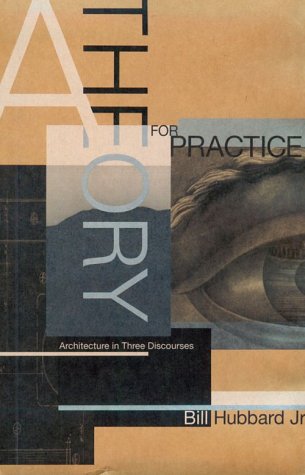The MIT Press
1 total work
To speak comprehensively about a building today requires that we think about the building in three different ways - as an instance of architectural order, as an embodiment of values about living, and as an instrument for bringing about results. With this insight, Bill Hubbard offers architects a useful new way of thinking about the work they do. He looks at all of the groups with an interest in a work of architecture - owners, inhabitants, customers, community groups, critics and historians, architecture schools-and presents a conceptual framework in which those disparate interests are not just given a place but are honored for providing different perspectives on the building.Recalling a time when a building could be encompassed by a single way of thinking, Hubbard reviews how political, economic, and philosophical movements have fostered new roles for buildings and provided new ways of thinking about them. How can these ways of thinking talk to each other, much less have a conversation that can produce a building? To find a language for such conversation is the task Hubbard takes on, through an exploration of the concept of a sense of place. In the book's closing chapters Hubbard describes the varieties of place that we can feel, and proposes a way to characterize such feelings and render them usable by designers. In so doing, he raises a fundamental question about the practice of architecture; he proposes that a theory for practice founded on the idea of creating a sense of place is not a radical departure for architects because the acts of creating place are the acts architects do, for themselves, in their daily lives.
